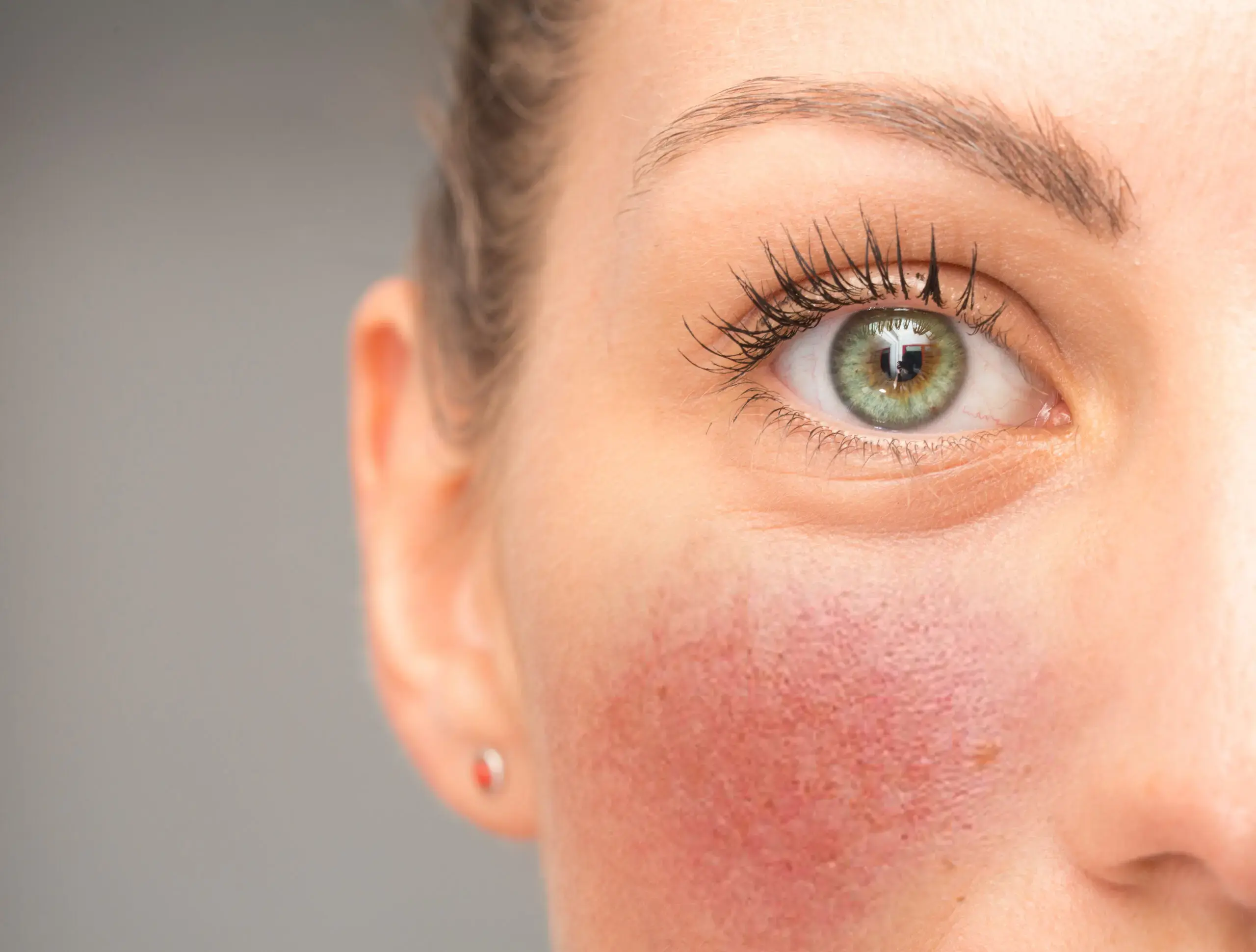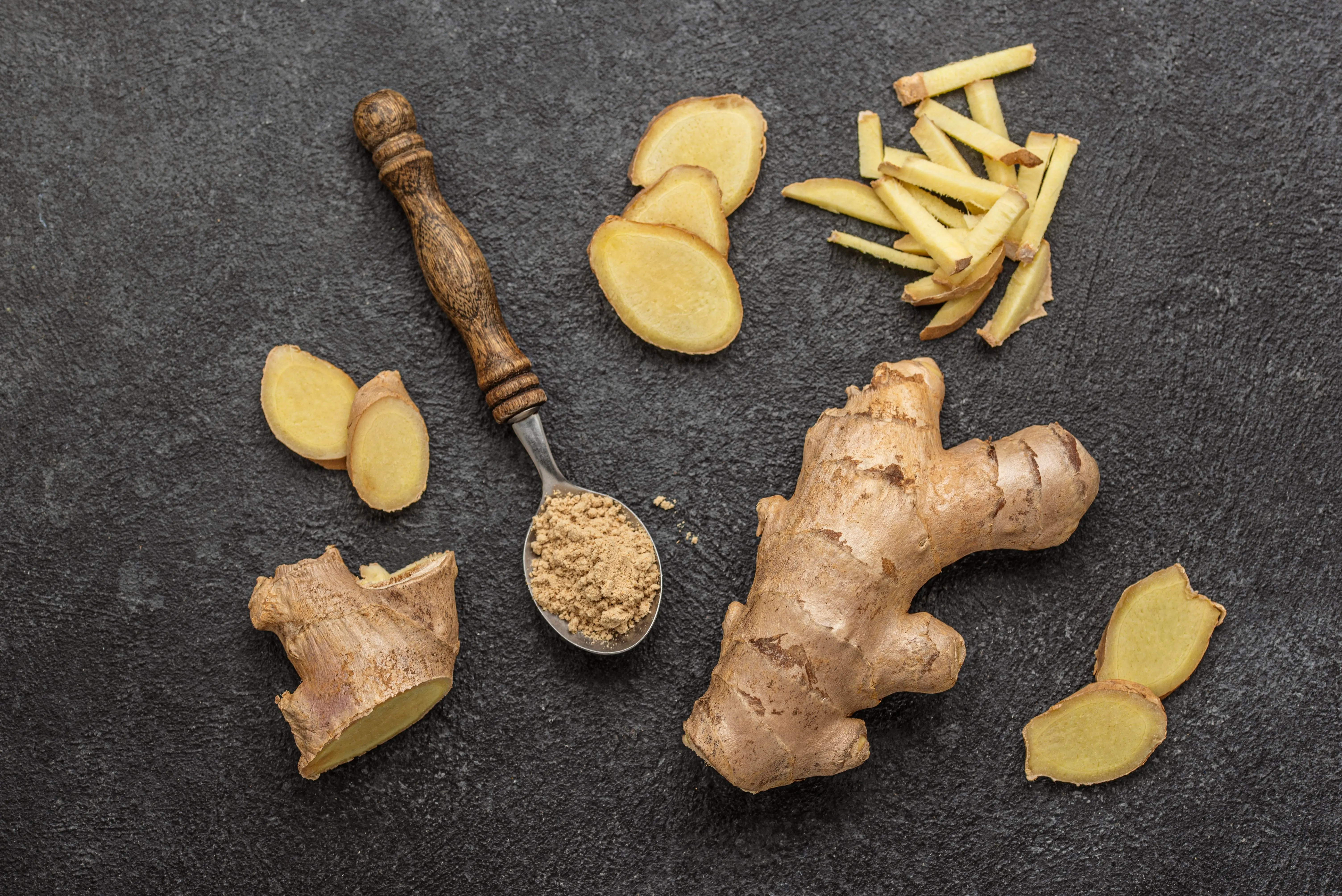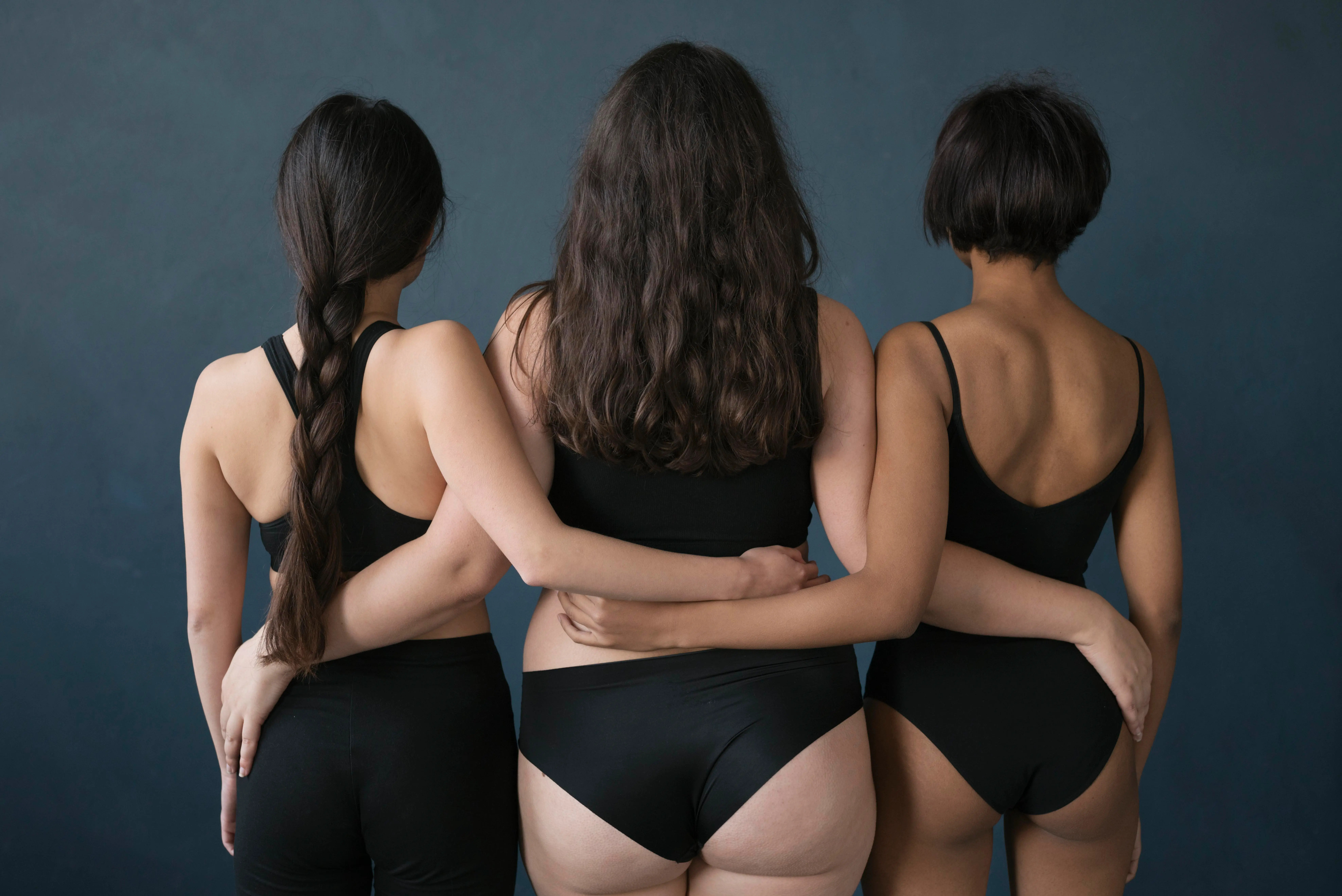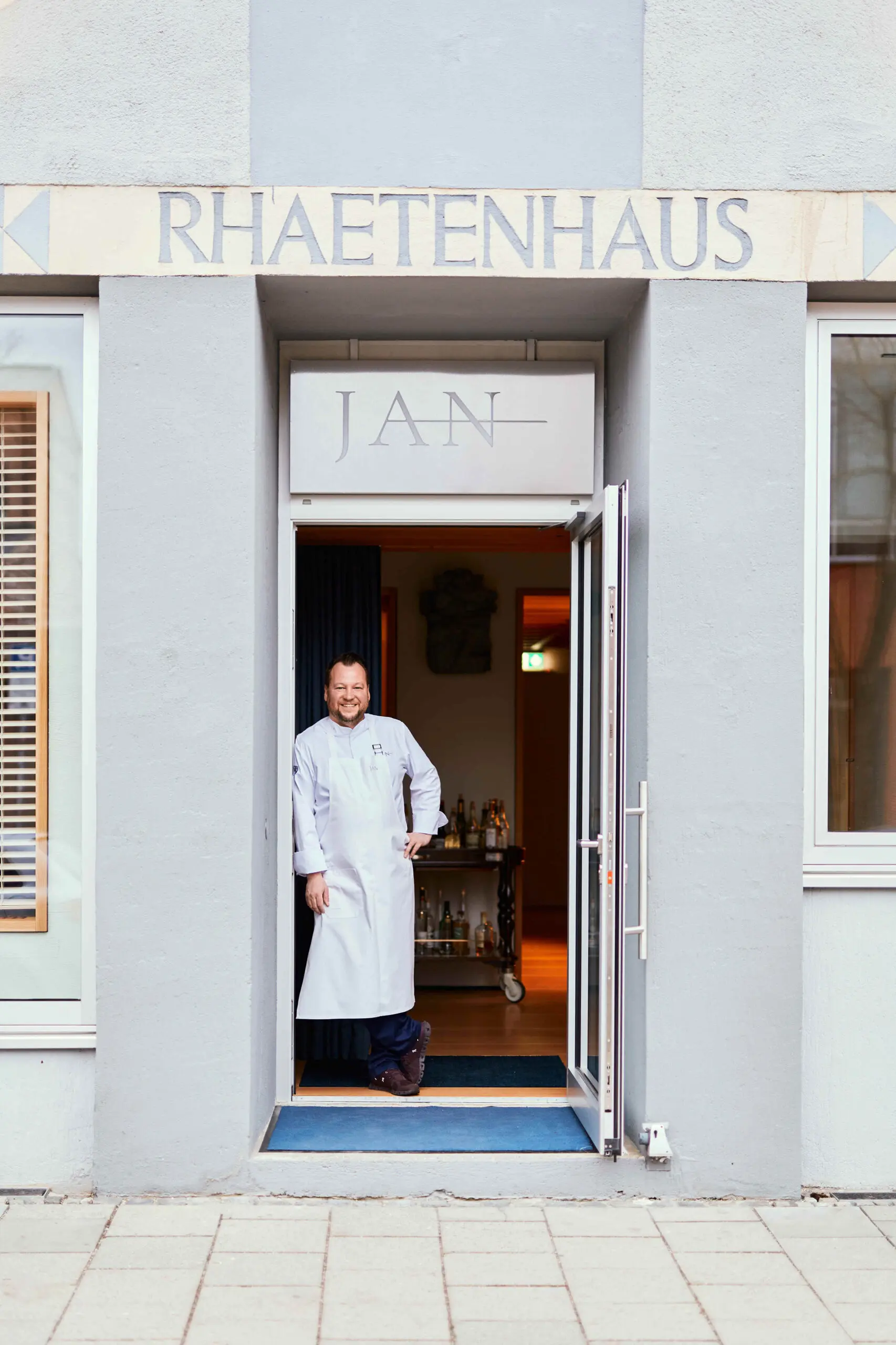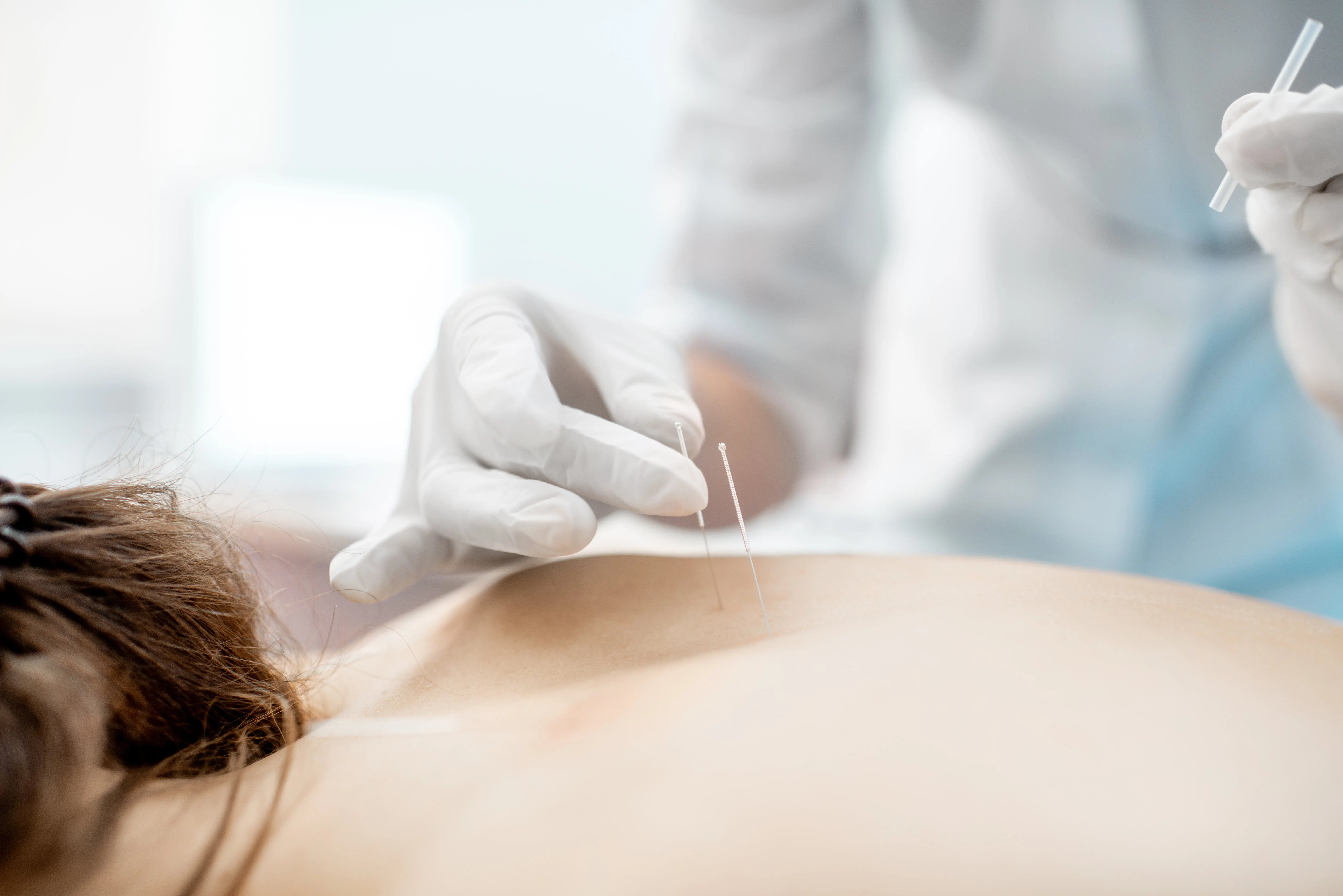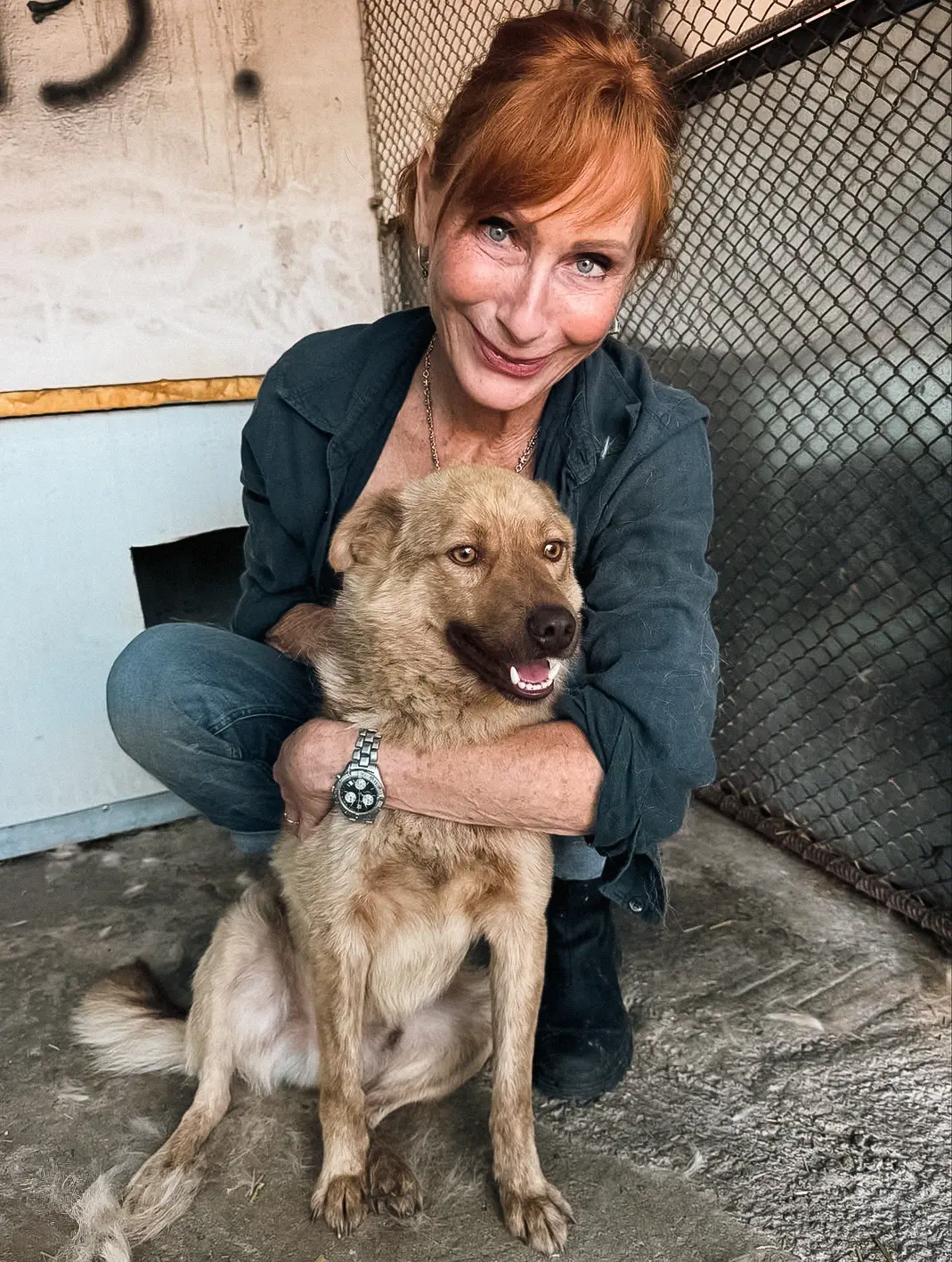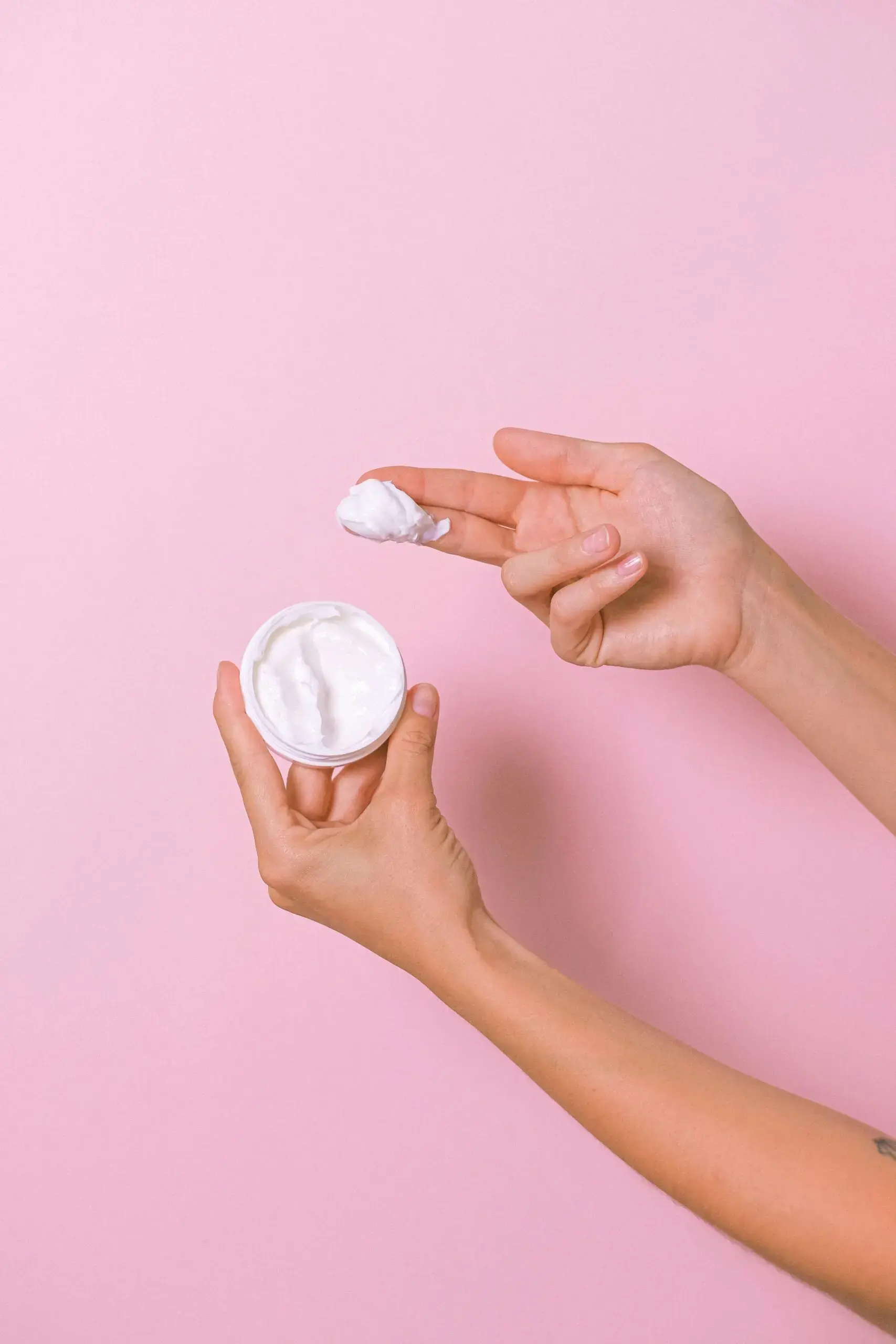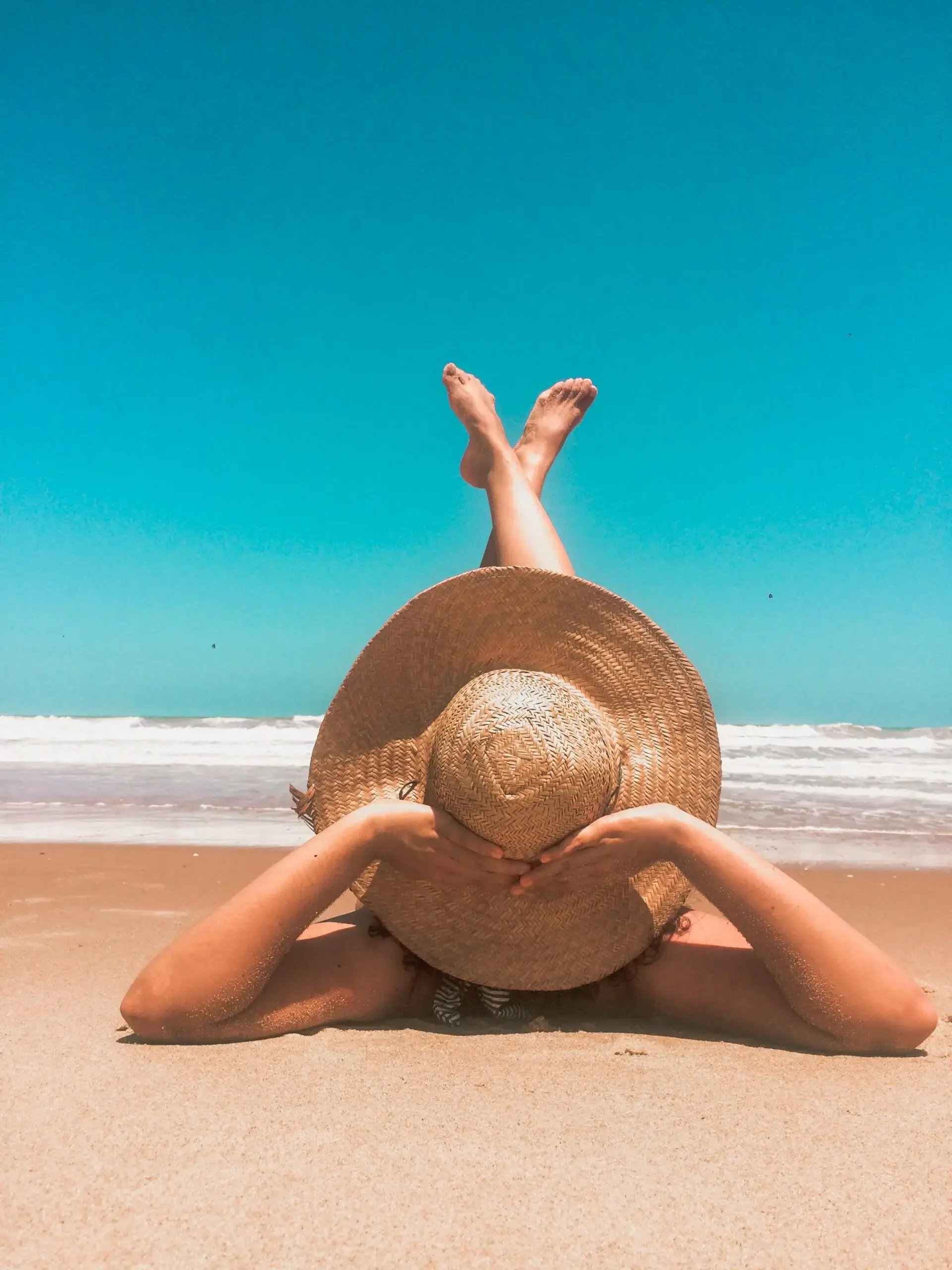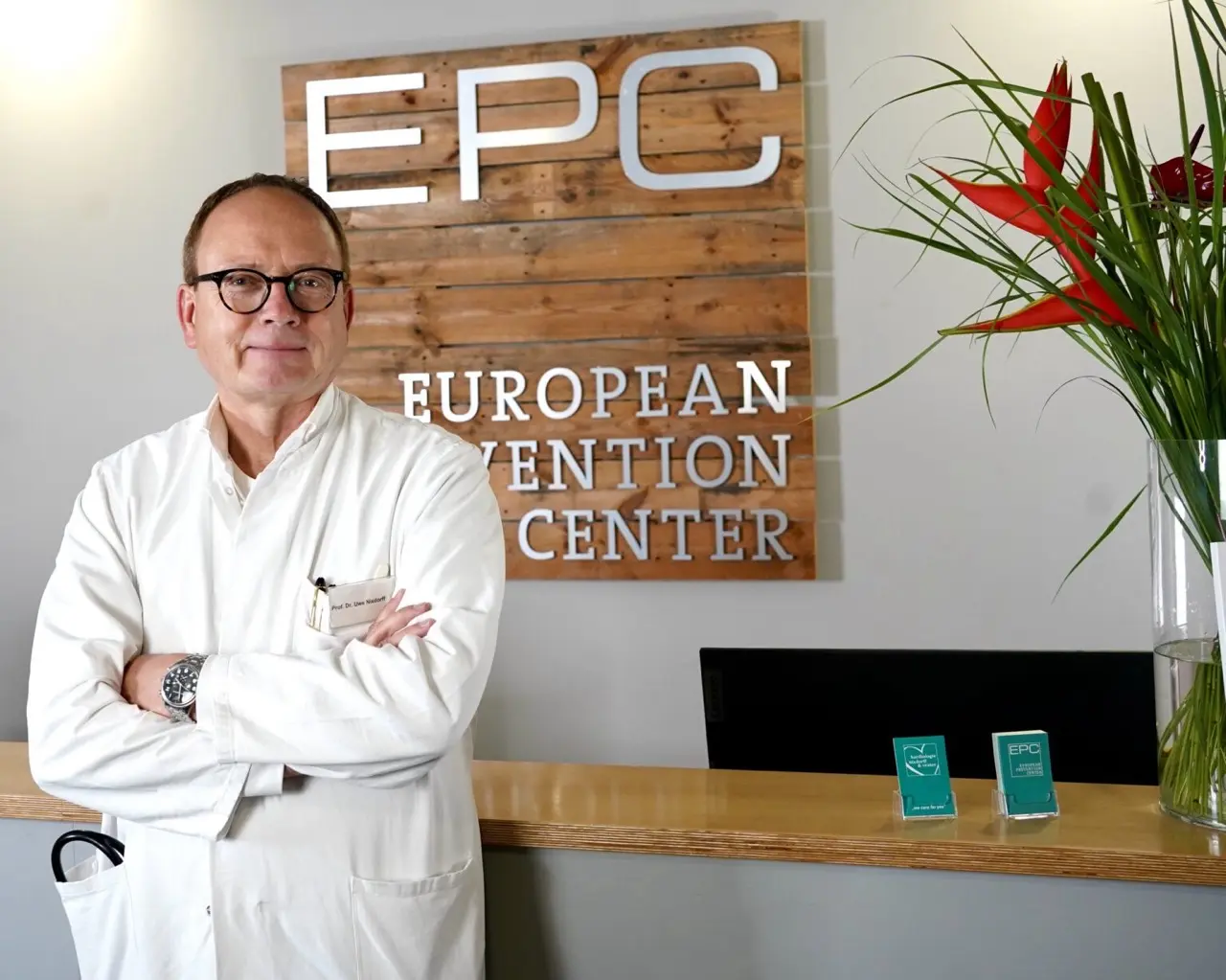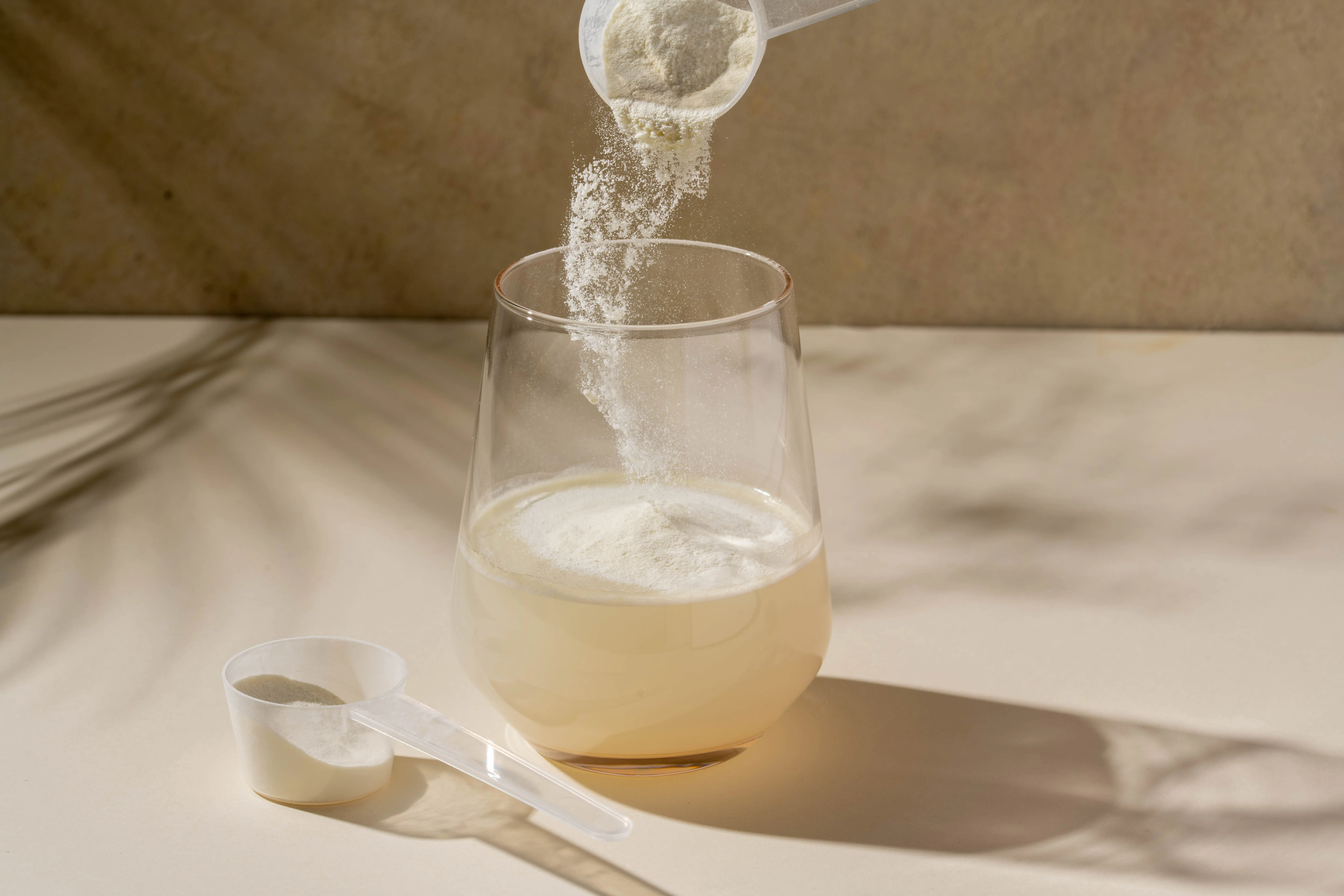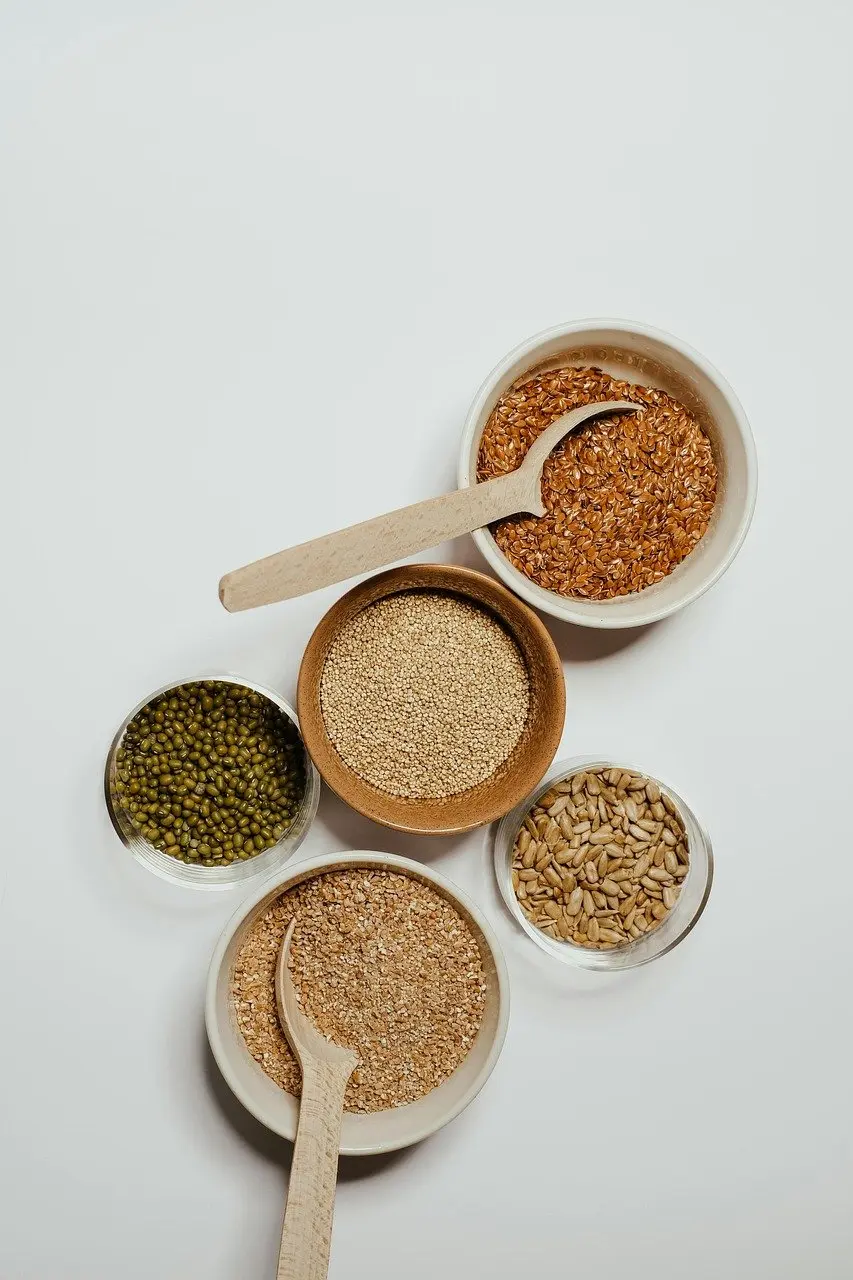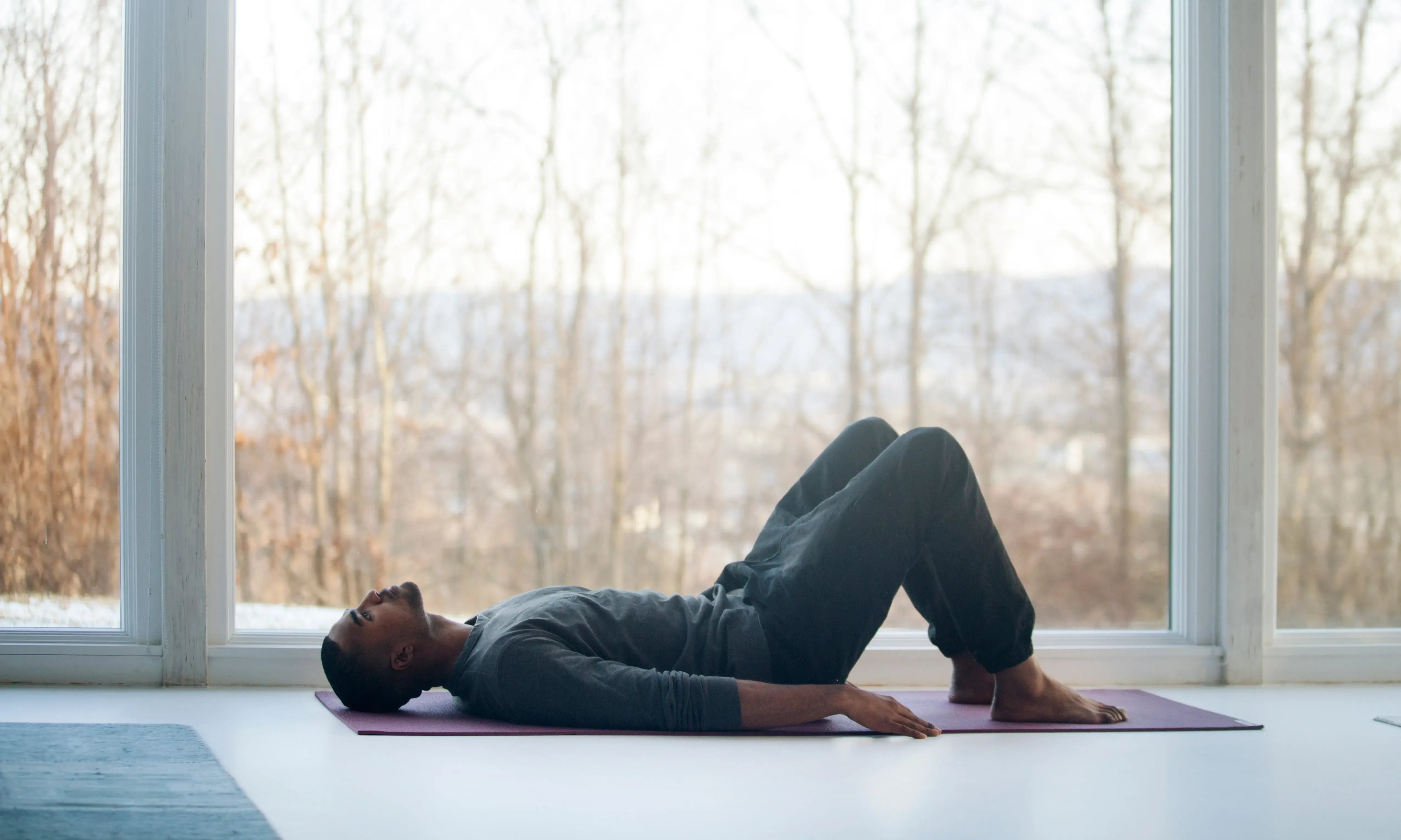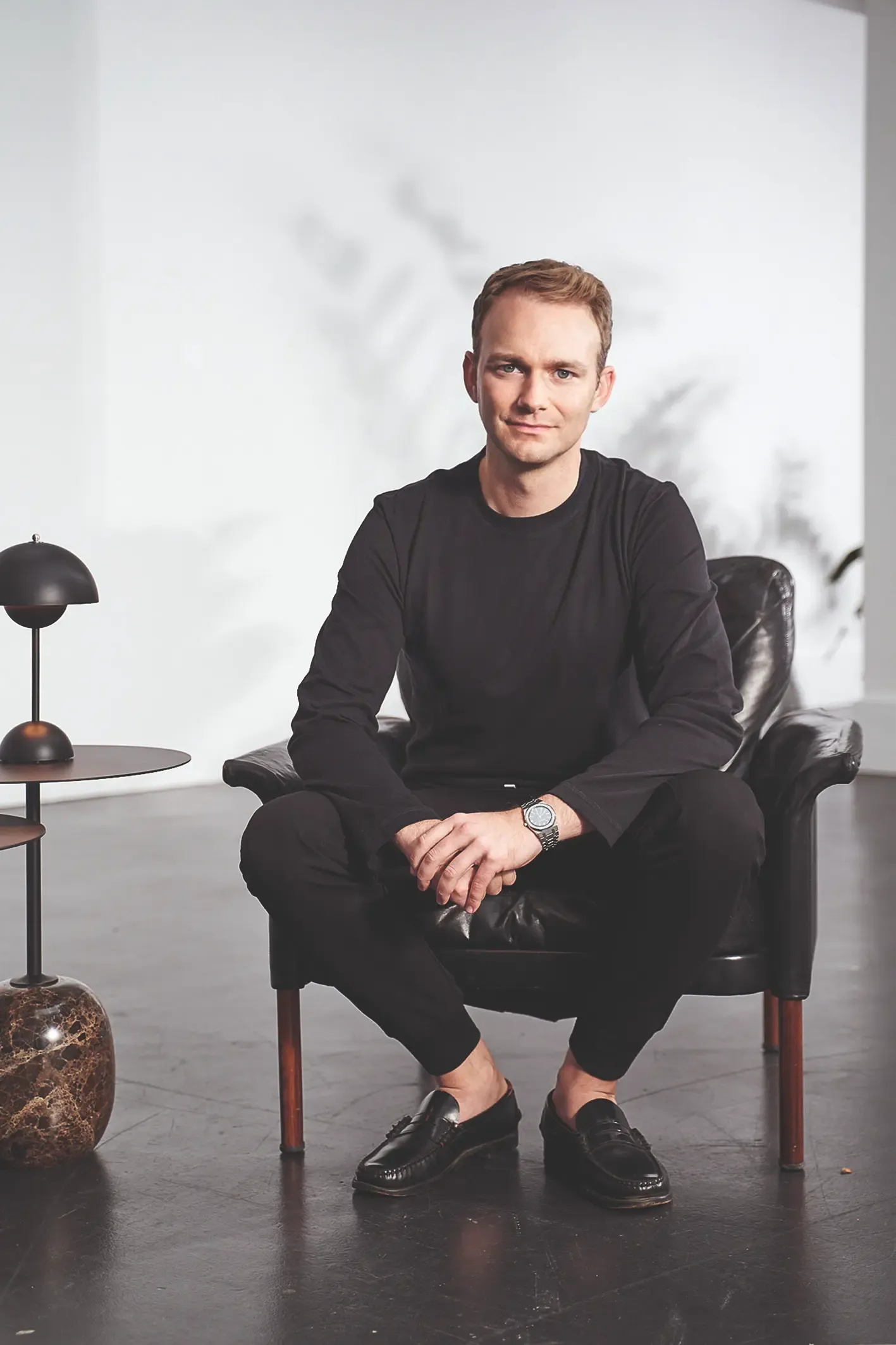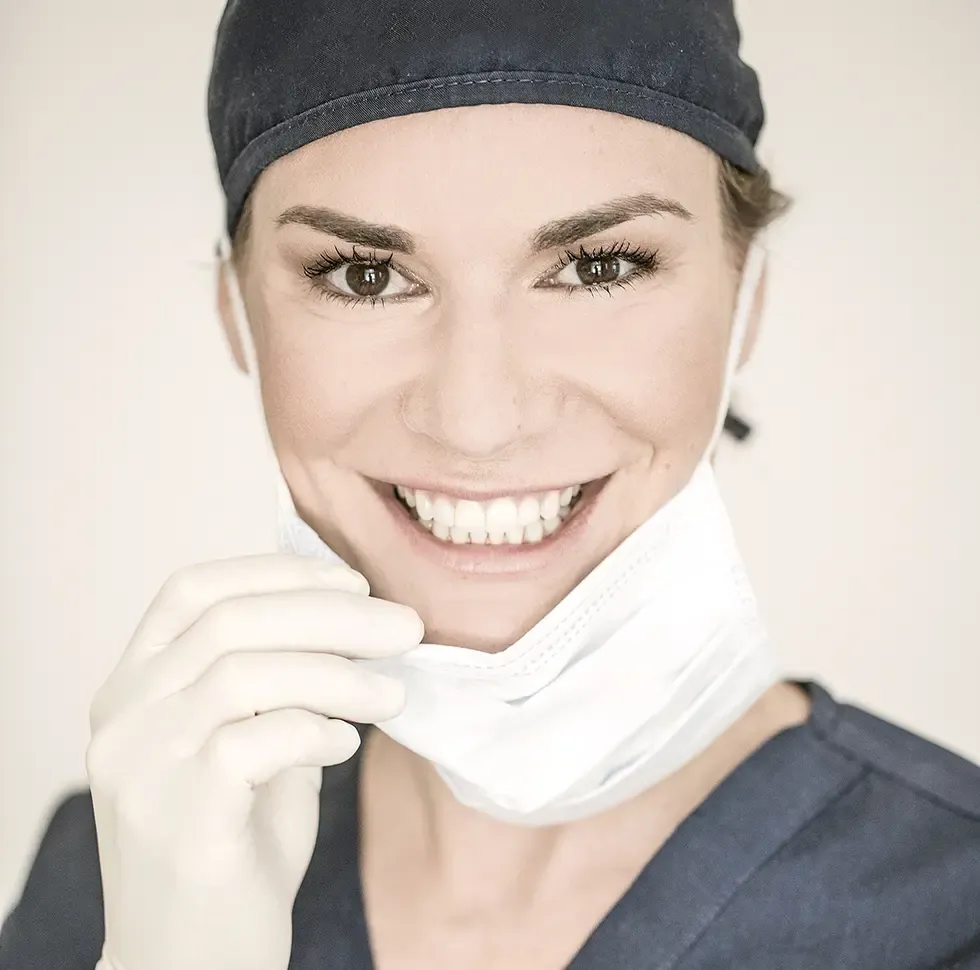In my youth, I was fortunate to face hardly any skin problems. Pimples and blemishes that plagued many of my peers at the time largely spared me. But at twenty, this changed completely unexpectedly.
Seemingly overnight, my skin texture changed, without having altered my skincare routine, diet, or other factors. My face was often covered with patchy, red flushes.
After exercising, my skin needed a full hour to return to its normal color. I also found painful bumps and blisters particularly bothersome, which appeared in addition to the redness.
For two years, I unsuccessfully tried to calm my skin with over-the-counter acne treatments (which later turned out to be a completely wrong approach).
When nothing seemed to work, I finally decided to visit a dermatologist after much hesitation. I was diagnosed with rosacea. This required a complete overhaul of my skincare routine. The motto was now: Less is more.
What is rosacea?
„ Rosacea (also rosacea) is a chronic inflammation of the small vessels in the face. It is accompanied by severe redness, and small papules and pustules form on the skin, which is why many rosacea patients initially mistake it for acne," explains Dr. Timm Golüke , a dermatologist from Munich.
In Germany, two to five percent of people suffer from this skin condition, with women being affected more often than men. "The main cause of rosacea is genetic, as with most diseases, but there are also external factors that clearly favor rosacea," says Dr. Golüke. "We are talking about vasodilating influences such as caffeine, alcohol, and nicotine, but also spicy and too hot food, visiting the sauna or steam bath."
Light-skinned and red-haired people, in particular, are predisposed to the disease. In English-language literature, rosacea has thus earned the nickname "Curse of the Celts." Rosacea often occurs in flare-ups, which is why the severity can temporarily improve or worsen.
What forms of rosacea are there?
Rosacea manifests in three to four different forms, which can often occur as a progressive course of the disease.
The first form, also known as vascular rosacea, primarily affects the blood vessels of the skin. It is characterized by persistent facial redness and visibly dilated blood vessels. This form is also often accompanied by burning sensations in the skin.
The second type, papulopustular rosacea, is characterized by the appearance of papules (red bumps) and pustules (pus-filled blisters). Due to its appearance, this form is often confused with acne.
